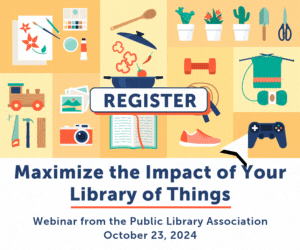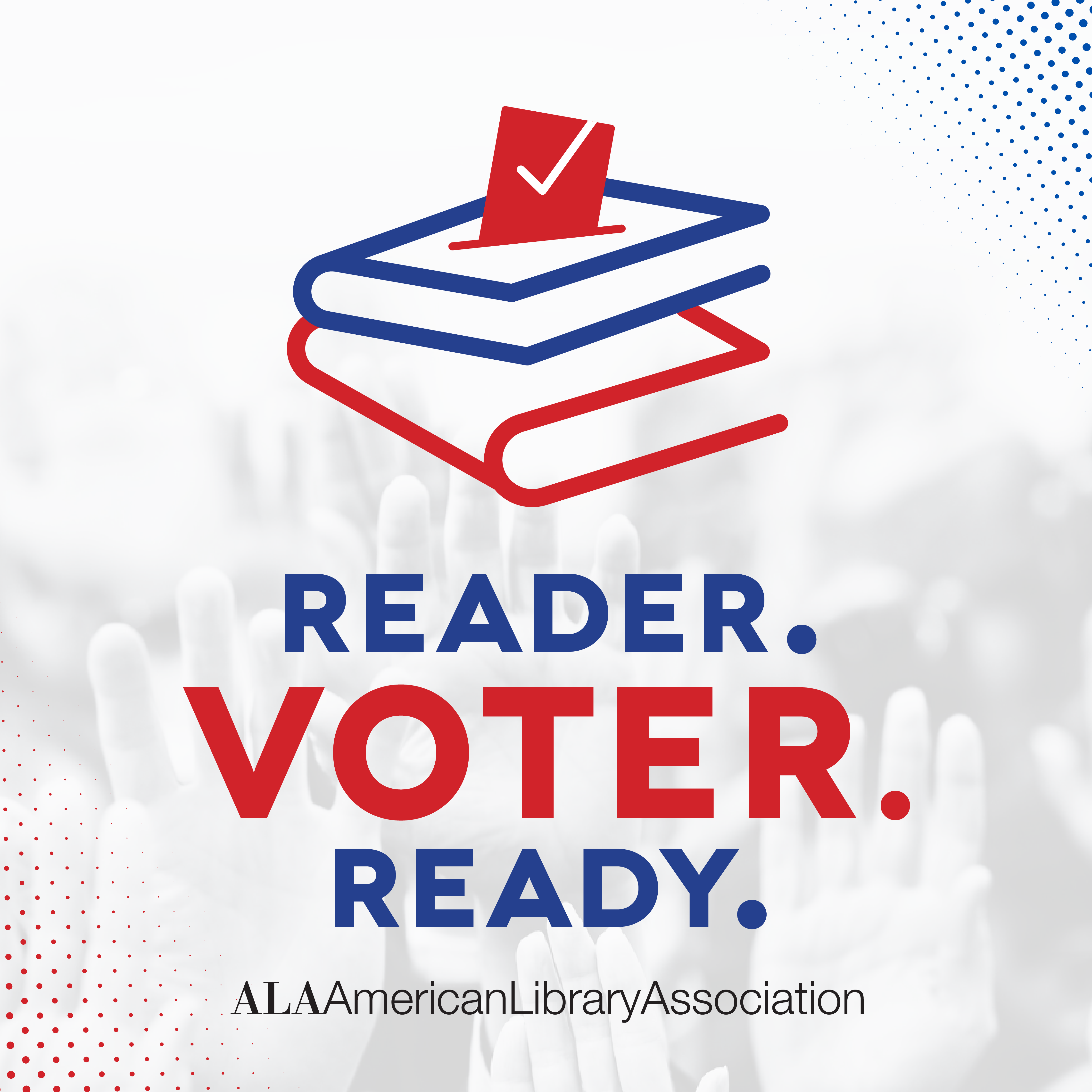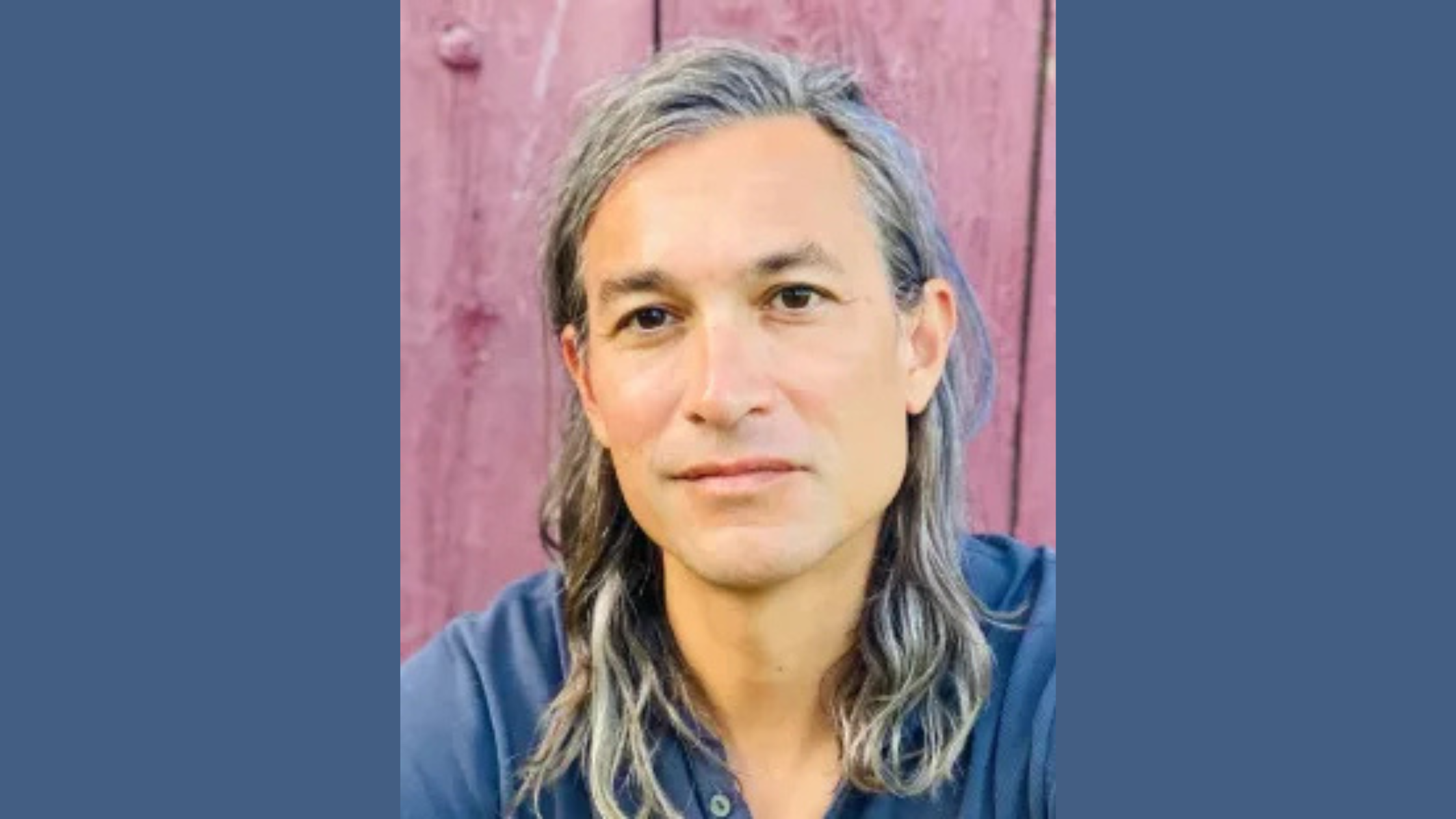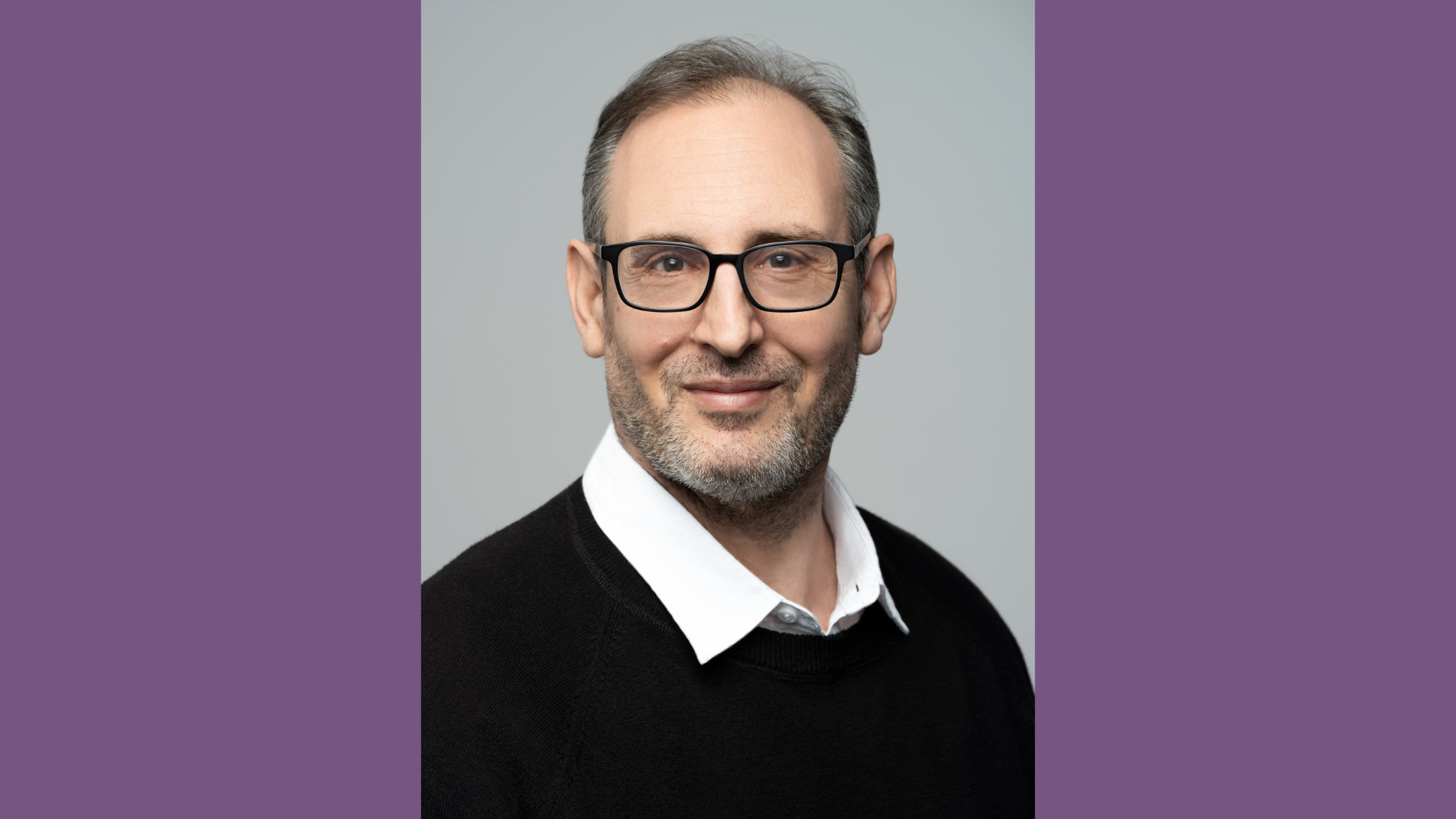Paul Tough on College Admissions, Social Mobility, and the Common Sense Solutions to Current Inequities in Higher Education
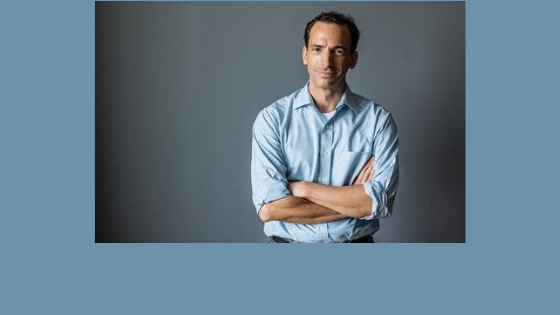
Paul Tough’s The Years That Matter Most: How College Makes or Breaks Us builds on the extraordinary journalism of his earlier work, How Children Succeed, and dissects the current state of higher education. Tough dives into the the various components of the college world, introducing the reader to high-priced SAT tutors, admissions directors striving to achieve the perfect balance with incoming freshman classes, and College Board officials facing uncomfortable truths about who the SAT actually benefits. Yet the heart of the book belongs to the students Tough profiles, intelligent and resilient teenagers who courageously navigate the ever-changing college landscape. By combining rigorous research with compelling personal narratives, Tough crafts a work that is not only a status report on the changing world of higher education, but also a revelatory look at how social mobility works in America. Kiese Laymon called The Years That Matter Most “necessary reading for every student, professor, administrator, and trustee in this country interested in what radical revision looks like” and The New York Times hailed it as a “powerful reckoning with just how far we’ve allowed reality to drift from our ideals.” Tough spoke to Brendan Dowling via telephone on August 30th, 2019. Photo courtesy of Paul Terefenko.
The book is about a lot of things, but it focuses on social mobility. What attracts you to the study of mobility as a journalist?
I would say it’s two things. From a political and social point of view, the ability of young people who grow up without a lot of family resources to achieve a middle class or upper middle class professional life is crucial to the health of our nation, to our economy, and to our democracy. People need to be able to change. At the same time as a journalist and as an individual, I’m drawn to it on an emotional, narrative level. The opportunity to hang out with young people in those key years at the end of adolescence and the beginning of adulthood—when they’re going through these remarkable changes—and hear their stories was just amazing. That was a big part of what drew me to this topic.
The book is full of the personal stories of students who you interviewed and studied. Can you talk about how you decided to structure the book, particularly in how you chose the stories you wanted to begin and end the book with?
It was complicated trying to figure out how to structure it. I spent many weeks and months staring at a blank screen trying to figure out exactly how to do it. It seems to make sense now, but at the time it was hard to figure out. I knew I wanted to weave together these individual stories of young people with the bigger issues about higher education and social mobility, with how admissions works and how the experience of being a first generation student at a highly selective institution or a community colleges work. But I started with admissions. So the first chapter stars with this one young woman from the Bronx as she’s waiting to find out whether she got into the highly selective institution she’s applied to. That felt like the right place to start because I think admissions for students is at the root of so much of the inequality of higher education.
I end the book with talking about the experience of individual students—some from today, some from a couple of decades ago—which felt to me as somewhat more hopeful than some of the dark news that’s in the original chapters, but also it gives us an image of how things could really change if we wanted to change them.
In terms of the system that we currently have and how we’d want to change it, who is higher education currently best serving and who is falling by the wayside?
I think in the simplest terms it’s mostly serving families with a lot of resources and a lot of money. If you just look at the overall statistics, the most selective institutions are enrolling lots of kids from the top income quintile and very few from the bottom income quintile. The institutions that are heavily populated with lower income students are the ones that we’re underfunding and that we’re taking resources away from in such numbers. The short answer is that higher education is favoring those who already have advantages and making it harder for those who don’t.
The one thing I would add to that is I spent a lot of time reporting with this high-priced SAT tutor in the suburbs of Washington D.C., a man named Ned Johnson. He’s an amazing tutor who was providing great score boosts to the mostly wealthy students he was working with. From a big picture perspective, I could see that he was giving these kids enormous advantages in college admissions. At the same time, on a personal level, their experiences did not seem great. I don’t think this system is particularly serving high income kids either. It’s creating this feeling where the last two or three years of high school all students are allowed to think about is which college they’re going to get into and how to get their test scores high enough to get into those colleges. That seems like a somewhat constrained way to spend your adolescence.
That part of the book was fascinating, especially since it seems so much of what Johnson seems to be teaching is test-taking tricks or how to reframe your perspective about the SAT, rather than actual content matter.
I think Ned’s point is that the SAT does not measure your academic ability, it mostly measures your ability to take the SAT. He knows how to give you the information, and even more so the psychological mindset to master the test. He’s a great teacher. It’s amazing to watch him work, but in a way what he’s teaching is not super complicated. It’s not like he’s talking about trigonometry a whole lot; he was really trying to convince students they mostly knew this stuff, but there were some things they needed to brush up on. The reason they were not getting the high scores when they came to him wasn’t that they didn’t know the stuff, it was that they were freaking themselves out, not giving themselves enough time, or taking the test too seriously. One of the things I like that he did was to make fun of the test and get students to think of it as this game instead of this great existential question, the measure of their worth as a person. When you think about the test as a game, you do better because you don’t take it so seriously, you don’t get so anxious. You’re able to focus and concentrate.
What are the misconceptions that people might have about predictive factors of success in college?
I think people think that high school GPA is unreliable and doesn’t really tell you how well students will do in college, and that they think that the SAT is more scientific. It’s the thing that really tells you how smart kids are and how well they’ll do in college. In fact, the reverse is true. The SAT is not a terrible measure. It’s a decent measure. GPA is a better predictor alone than the SAT is alone. One of the reasons I think that’s so important is that GPA is less determined by your income. Great students from all different income levels get roughly comparable GPAs, but they get very different SAT scores. If you fall into that mindset that I think a lot of admission folks do—that the SAT is the real measure of whether a kid is going to do well—you are much more likely to admit more rich kids, more kids whose parents have gone to college, more white kids, and more male kids. That contributes to the inequities and imbalances in higher education.
I found the stories of the students you profile so compelling. In your research, what did you observe about how college affects an individual’s personal narrative?
Lots of different ways. A lot of the students who I was writing about were first-generation, low-income students, meaning that their parents had not gone to college. With their experience by going to college and succeeding in college, they were already having a very different life, and they were certainly going to have a very different life than their parents had. In some ways that is the process of social mobility. It’s an important thing—certainly for individuals it’s important, for a nation it’s important that we’re able to have it—but it doesn’t make it any easier to feel like, “I’m leaving my family behind, I’m leaving my culture behind. I’m going into this new world where my family can’t quite understand what I’m doing.” That is hard for any young person. Being able to watch that and observe that and talk to these young people as they went through that process was valuable to me on a personal level, but also seemed like it pointed to some really important issues in terms of how colleges function.
In terms of what you viewed during your research, what are the practices in higher education that are best working?
I think there is this beginning of a paradigm shift going on at a lot of campuses. People who work in higher education for a long time had this feeling that it’s not our jobs to help our students graduate. That’s true if you’re a kindergarten or high school teacher, but once kids get to college, the whole idea is that we pull back, we just give them the facts, and they figure it out. There’s this sort of pride in separating the wheat from the chaff. But I think that lots of other institutions are seeing the problems with that approach. Not only are they losing students who could be successful, but also they are more likely to lose low-income, first-generation students who often struggle in the first year when they are going through all of these cultural and social shifts. I write about the University of Texas where, in a very sort of organized bureaucratic way, they decided to change their approach to things. If an institution can say, “You know what? We’re going to try to help our students graduate,” which seems like a pretty basic idea, then it’s not that hard to do. There are certain policies that work better in terms of how we organize developmental math and reading, how we create a sense of belonging for students on campus, and how we organize our classes. But they’re all kind of common sense. It’s not like there are any amazing magic bullets, it’s mostly about institutions deciding, “We want to make this an experience where we’re looking out for our students and helping make it easier for them to graduate.”
I found that so reassuring that it wasn’t necessarily these seismic shifts institutions needed to make, but just common sense solutions to problems.
As a journalist, it’s not what you’re looking for. You’re looking for “Here’s this guy that discovered this method and if we just say these things at this time everything changes.” (laughs) It turns out if you’re just smart, nice to people, and make them feel good, that’s what actually works. It’s hard to make that dramatic, but I think it’s true.
And finally, what role has the library played in your life?
It’s really been integral. I’ve got librarians all through my family. My sister’s a librarian in Ontario, Canada, my grandmother was a librarian, and my aunt was a librarian, so I’ve got libraries all over the place. (laughs) For me growing up, it was a family tradition. That was where I would go, especially during the summers, and come home with huge bags of books. Now, as a writer, in thinking about the non-fiction writers I’m trying to imitate and learn from, it all goes back to books that I read as a teenager that I took out of the library. So it was crucial to my education as well.
This interview has been edited and condensed for clarity.




